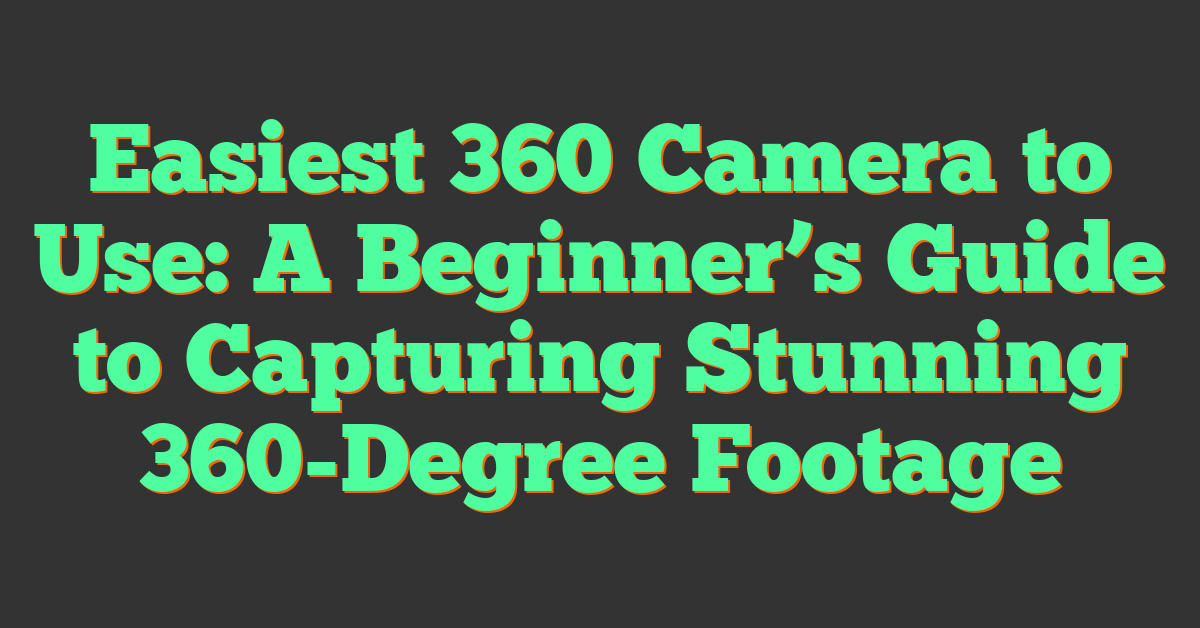If you’re looking to capture immersive and interactive content, a 360 camera is a great option. However, with so many models available, it can be overwhelming to choose the right one. One of the most important factors to consider is ease of use. After all, you don’t want to spend hours figuring out how to operate your camera when you could be out capturing stunning footage.
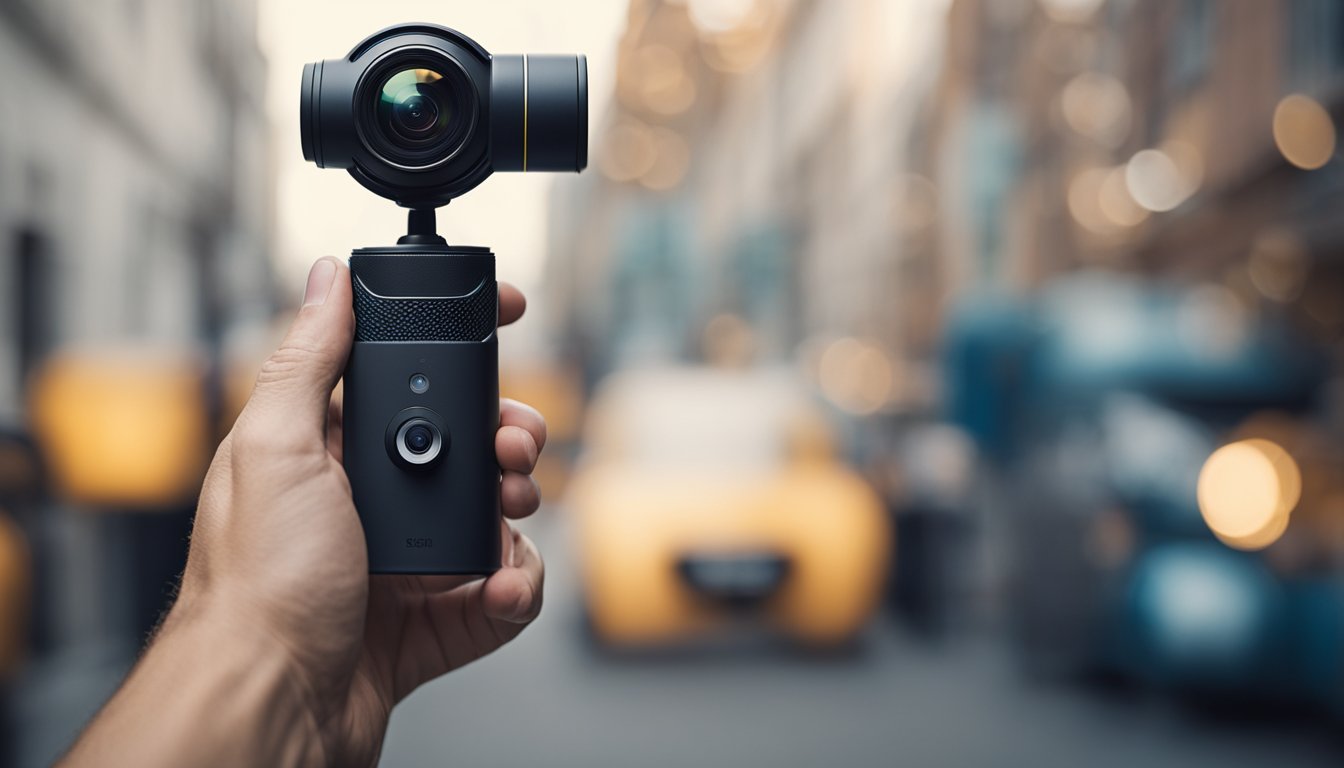
When it comes to ease of use, there are several key features to look for in a 360 camera. First and foremost, you’ll want a camera that is intuitive and easy to navigate, with a user-friendly interface. You’ll also want a camera with features like automatic stitching, which makes it easy to combine footage from multiple lenses into a seamless 360-degree image or video. Finally, consider the camera’s size and weight, as well as its durability and resistance to water and dust.
With these factors in mind, we’ve compiled a list of the easiest 360 cameras to use. Whether you’re a beginner or an experienced photographer, these cameras offer a seamless and intuitive experience, allowing you to focus on capturing stunning 360-degree content.
What Is a 360 Camera?
https://www.youtube.com/watch?v=WtAiEeZiYfs&embed=true
If you’re new to the world of photography, you may be wondering what a 360 camera is. Simply put, a 360 camera is a device that is capable of capturing a 360-degree view of your surroundings. This means that you can capture everything around you, including what’s above and below you.
Understanding 360-Degree Cameras
360-degree cameras are equipped with two lenses that work together to capture a complete view of your surroundings. These lenses are typically placed back-to-back, with each lens capturing a 180-degree view. The images captured by the two lenses are then stitched together to create a seamless 360-degree image.
One of the main advantages of using a 360-degree camera is that it allows you to capture a complete view of your surroundings without having to move around. This makes it ideal for capturing panoramic views, landscapes, and other wide-angle shots.
Evolution of 360 Cameras
360 cameras have come a long way since they were first introduced. Early versions of 360 cameras were bulky and expensive, and the image quality was often poor. However, as technology has advanced, 360 cameras have become smaller, more affordable, and more user-friendly.
« DIY 360 Spinning Camera Rig: A Fun and Easy Project for Photography Enthusiasts
How 360 Camera in Car Works: A Beginner’s Guide »
Today, there are many different types of 360 cameras available on the market, ranging from entry-level models to high-end professional cameras. Some of the key factors to consider when choosing a 360 camera include image quality, ease of use, and compatibility with different devices.
Overall, 360 cameras are a great way to capture immersive photos and videos that allow you to experience your surroundings in a whole new way. Whether you’re a professional photographer or just starting out, a 360 camera can be a valuable tool for capturing stunning images and videos.
Key Features of the Easiest 360 Cameras
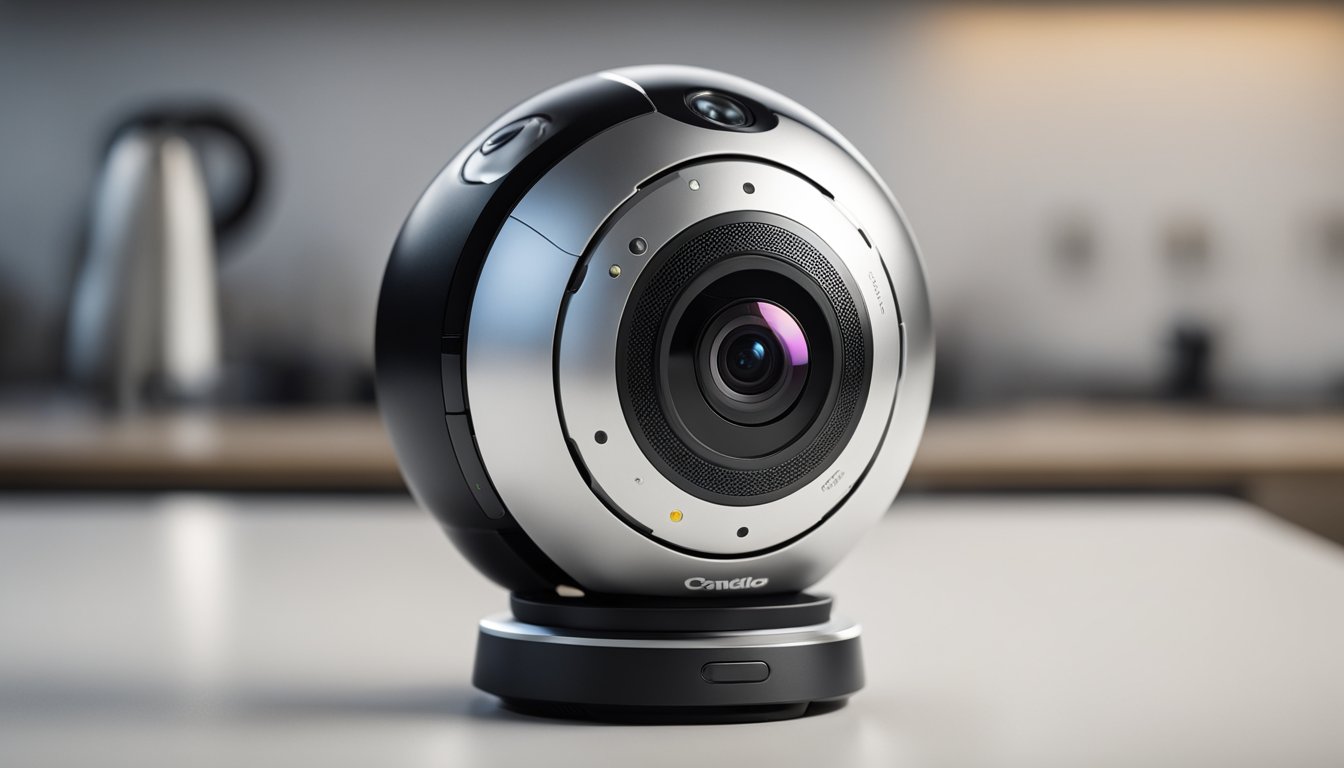
If you’re looking for a 360 camera that is easy to use, there are a few key features to look for. Here are some of the most important things to consider when shopping for a 360 camera:
Simplicity in Design
One of the most important factors to consider when shopping for a 360 camera is the design of the camera itself. A camera with a simple and intuitive design will be much easier to use than one with a complicated layout.
Look for a camera with a touchscreen interface that is easy to navigate. A camera with a simple, minimalist design will also be easier to use than one with lots of buttons and dials.
User-Friendly Software
Another important factor to consider when shopping for a 360 camera is the software that comes with the camera. Look for a camera with user-friendly software that is easy to navigate and understand.
The software should make it easy to transfer your photos and videos to your computer or mobile device, and should offer simple editing tools that allow you to quickly and easily edit your content.
One-Touch Operation
Finally, look for a camera with one-touch operation. This means that you can quickly and easily start recording or taking photos with just the touch of a button.
A camera with one-touch operation will be much easier to use than one that requires you to navigate through menus and settings to start recording.
Overall, when shopping for a 360 camera that is easy to use, look for a camera with a simple design, user-friendly software, and one-touch operation. With these features, you’ll be able to quickly and easily capture stunning 360-degree photos and videos without any hassle.
Top Picks for Beginners
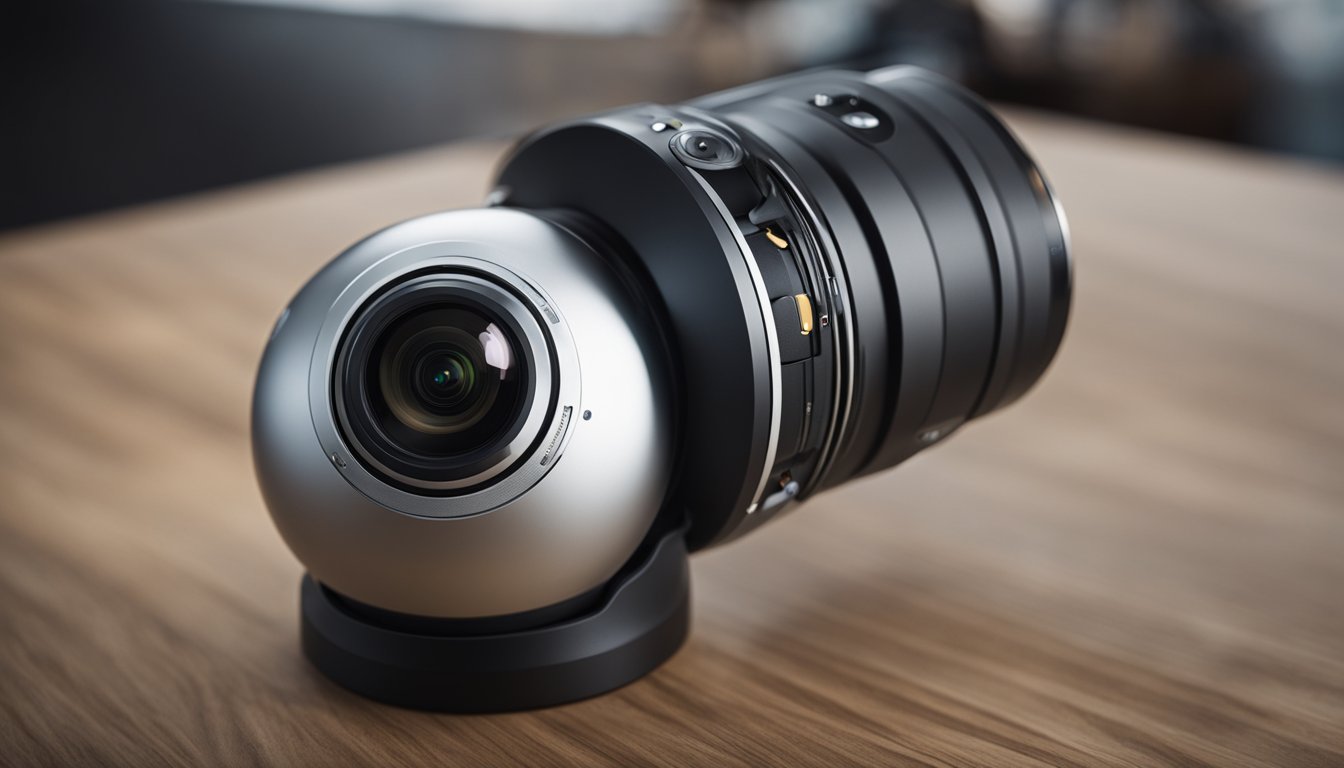
If you’re new to 360 cameras, you’ll want one that’s easy to use and produces great results. Here are our top picks for beginners.
Insta360 One R and X3
The Insta360 One R and Insta360 X3 are both great options for beginners. The One R is a modular camera that lets you swap out different lenses, including a 360-degree lens. The X3 is a compact camera that’s easy to use and produces great results. Both cameras come with user-friendly apps that make it easy to edit and share your 360-degree photos and videos.
GoPro MAX
The GoPro MAX is another great option for beginners. It’s a rugged camera that’s built to withstand the elements, making it perfect for adventure sports. The MAX comes with user-friendly editing software that makes it easy to create stunning 360-degree photos and videos.
Ricoh Theta Series
The Ricoh Theta series of cameras are also great options for beginners. The Theta S is a compact camera that’s easy to use and produces great results. It’s also one of the most affordable 360-degree cameras on the market. The Theta V is a more advanced camera that’s perfect for more experienced users.
No matter which camera you choose, make sure to read the user manual and practice using it before you head out on your first shoot. With a little bit of practice, you’ll be creating stunning 360-degree photos and videos in no time.
Understanding Camera Specs
https://www.youtube.com/watch?v=07x9yyui6UY&embed=true
When shopping for a 360 camera, it can be overwhelming to understand all the technical specifications. However, understanding a few key specs can help you choose the easiest 360 camera to use for your needs.
Resolution and Image Quality
Resolution is one of the most important specs to consider when choosing a 360 camera. Higher resolution means sharper and more detailed images. However, higher resolution also means larger file sizes and longer processing times.
When it comes to image quality, look for cameras that offer features like HDR (high dynamic range) and noise reduction. These features can help improve the overall quality of your images, especially in challenging lighting conditions.
Lens Aperture and Low Light Performance
The aperture of a lens determines how much light it can let in. A wider aperture (lower number) means more light can enter the camera, which is important for low light performance. Look for cameras with a wide aperture if you plan to shoot in low light conditions.
However, a wider aperture can also lead to shallower depth of field, which might not be desirable for some types of shots. Consider your shooting needs when choosing a camera with the right aperture for you.
In conclusion, understanding a few key specs like resolution, image quality, lens aperture, and low light performance can help you choose the easiest 360 camera to use for your needs. Keep these specs in mind when comparing different cameras to find the one that’s right for you.
Ease of Use in Different Environments
https://www.youtube.com/watch?v=RHejHmUZR_U&embed=true
When it comes to choosing the easiest 360 camera to use, it’s important to consider the camera’s versatility and durability in different environments. Whether you’re planning to use your camera indoors or outdoors, you want a camera that can handle different conditions and deliver high-quality footage.
Indoor and Outdoor Versatility
The Insta360 One X3 is one of the most versatile 360 cameras on the market, thanks to its compact size and lightweight design. This camera is perfect for both indoor and outdoor use, and it can easily fit in your pocket or backpack. It also offers a wide range of shooting modes, including time-lapse, slow-motion, and hyper-lapse, making it a great choice for capturing different types of footage.
Another camera that offers great versatility is the Vuze XR. This camera can shoot both 360 and 180-degree content, and it comes with a handy tripod mount that makes it easy to set up and use in different environments. Whether you’re shooting a panoramic landscape or a close-up portrait, the Vuze XR can deliver stunning results.
Waterproofing and Rugged Design
If you’re planning to use your 360 camera in wet or rugged conditions, you need a camera that can withstand the elements. The Garmin VIRB 360 is a rugged and waterproof camera that can handle extreme temperatures, shock, and water immersion. It’s perfect for outdoor and adventure photography, and it comes with a range of mounting options that make it easy to attach to your gear or equipment.
Another camera that offers great waterproofing and durability is the GoPro MAX. This camera is waterproof up to 16 feet (5 meters), and it comes with a range of protective accessories that can help you use it in different environments. It’s also shockproof and dustproof, making it a great choice for outdoor sports and activities.
When it comes to choosing the easiest 360 camera to use, it’s important to consider your needs and preferences. By choosing a camera that offers great versatility and durability, you can capture stunning 360-degree footage in any environment.
Software and Apps for Editing
https://www.youtube.com/watch?v=XgxW7y3Wh4g&embed=true
Editing 360-degree content can be a challenging task, but there are several software and apps available that can make the process easier. Here are some of the best options for editing your 360 camera footage.
Mobile and Desktop Applications
One of the most popular 360 editing apps is the inPixio Easy Photo Editing Software which is a great option for both desktop and mobile devices. It comes with an intuitive interface and features that make it easy to edit your 360 footage
Sharing Your 360 Content
https://www.youtube.com/watch?v=T9qslAaN8Vs&embed=true
Once you’ve captured your 360 content, it’s time to share it with the world. Luckily, most 360 cameras come with built-in social media integration, making it easy to upload your content directly to your favorite platforms.
Social Media Integration
Facebook and YouTube are two of the most popular platforms for sharing 360 content. Both platforms allow you to upload 360 photos and videos directly from your camera or smartphone. Simply select the 360 option when uploading your content, and the platform will automatically recognize it as such.
In addition, Facebook and YouTube also offer 360 live-streaming capabilities. This means that you can share your 360 content in real-time, allowing your followers to experience your adventures as they happen.
Live-Streaming Capabilities
If you’re interested in live-streaming your 360 content, you’ll want to look for a camera that offers this feature. Many 360 cameras, such as the Insta360 ONE X2, come with built-in live-streaming capabilities. This allows you to share your adventures with your followers in real-time, no matter where you are in the world.
In addition to live-streaming, some cameras also offer VR content creation. This allows you to create immersive VR experiences that can be shared on platforms like YouTube and Facebook.
Overall, sharing your 360 content is easy and fun. With social media integration and live-streaming capabilities, you can share your adventures with the world in real-time.
Accessories for 360 Cameras
https://www.youtube.com/watch?v=SnscHZp7-0k&embed=true
If you’re looking to enhance your 360 camera experience, there are a variety of accessories available. Here are a few popular options to consider:
Tripods and Selfie Sticks
A tripod or selfie stick can help you stabilize your 360 camera and get a better shot. Look for a tripod or selfie stick that is specifically designed for 360 cameras, such as the Best360 Monopod kit. This kit includes a 150cm selfie stick, 50g counterweight, and tripod legs, making it a versatile option for a variety of shooting situations.
Storage and Battery Options
When shooting 360 video, you’ll likely need extra storage and battery life. Many 360 cameras have a microSD card slot for additional storage, so be sure to purchase a high-capacity card that is compatible with your camera. You may also want to consider purchasing an extra battery or portable charger to ensure that you don’t run out of power while shooting.
Overall, there are a variety of accessories available to enhance your 360 camera experience. Whether you’re looking for a tripod, selfie stick, or additional storage and battery options, there are plenty of options to choose from. Just be sure to do your research and find accessories that are specifically designed for your camera to ensure compatibility and optimal performance.
Cost Considerations
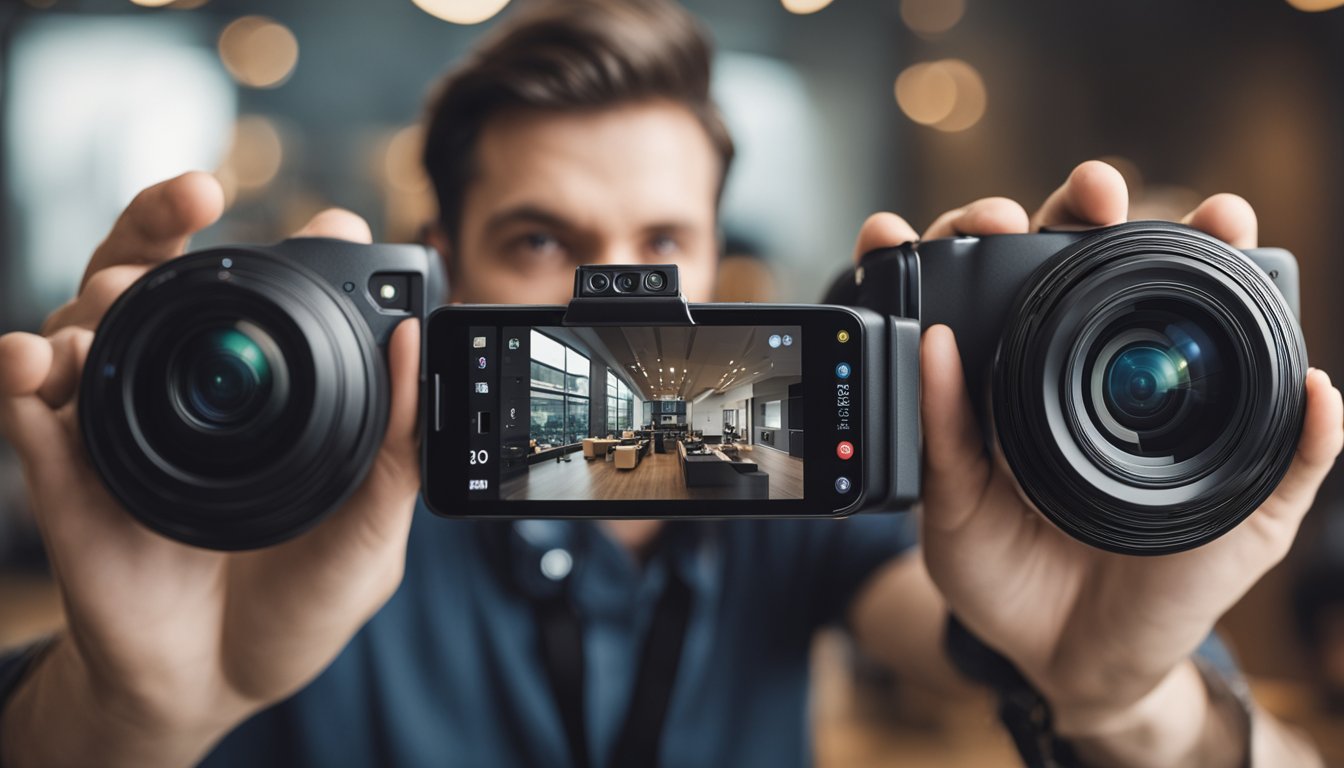
When choosing a 360 camera, cost is an important factor to consider. Fortunately, there are budget-friendly choices available that still provide decent features and good image quality. However, if you’re looking for more advanced features and higher image quality, you may need to invest in a more expensive camera.
Budget-Friendly Choices
If you’re on a tight budget, there are several 360 cameras that won’t break the bank. For example, the Insta360 ONE X2 is a great option that offers 5.7K video, 360-degree audio, and a range of editing tools. Another budget-friendly choice is the Ricoh Theta SC2, which is easy to use and offers 4K video and live streaming capabilities.
Investing in Premium Features
If you’re willing to invest in a more expensive 360 camera, you can enjoy higher image quality and more advanced features. For example, the GoPro MAX is a premium option that offers 5.6K video, 360-degree audio, and HyperSmooth stabilization. Another high-end 360 camera is the Insta360 ONE R, which allows you to swap out lenses and offers 5.3K video and FlowState stabilization.
When deciding on whether to invest in a premium 360 camera, it’s important to consider the value you’ll get from the camera. If you’re a professional photographer or videographer, investing in a premium camera may be worth it for the higher image quality and advanced features. However, if you’re just starting out or using the camera for personal use, a budget-friendly option may be a better choice. Ultimately, the choice comes down to your budget and what features are most important to you.
Future Trends in 360 Cameras
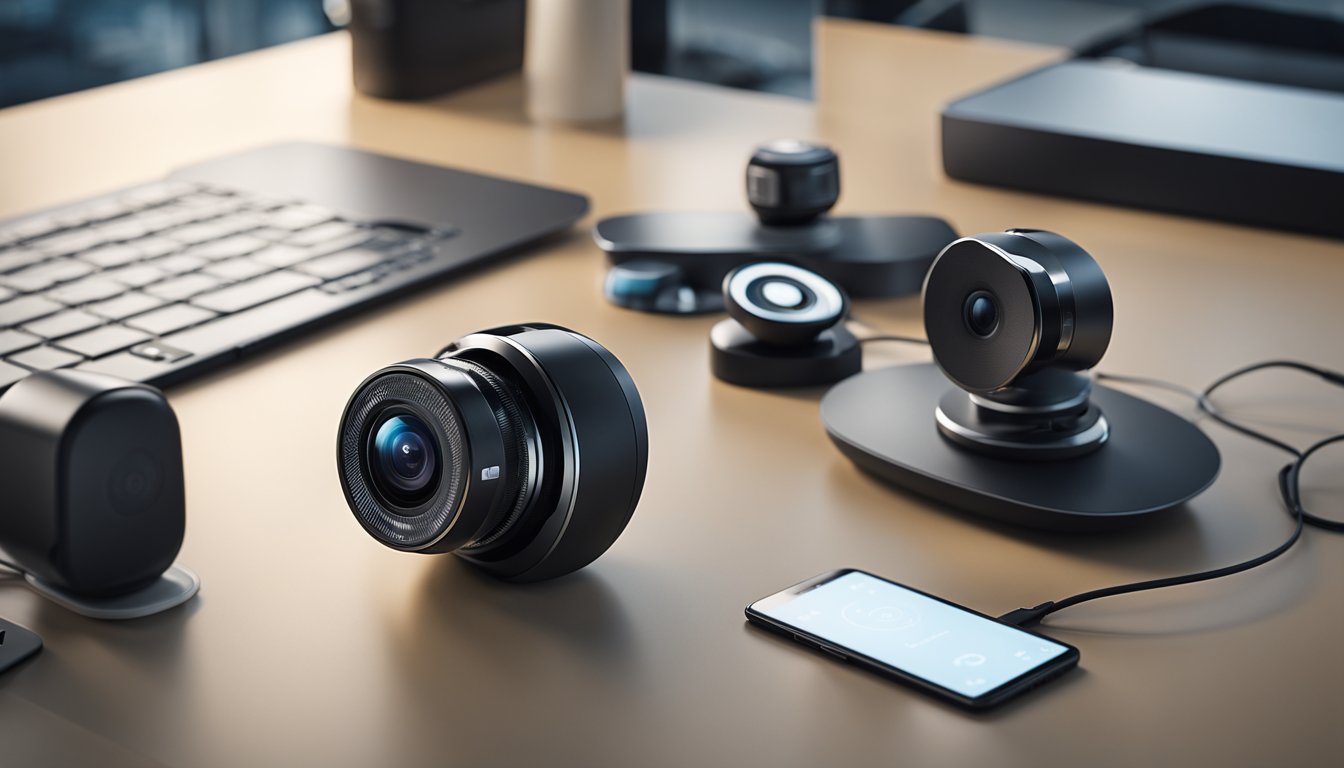
As technology continues to advance, 360 cameras are becoming more popular and affordable. With innovations on the horizon, it’s exciting to think about the possibilities of what’s to come. In this section, we’ll explore some of the emerging trends and technologies in 360 imaging.
Innovations on the Horizon
One of the most exciting innovations in 360 cameras is the development of real-time stitching. This technology allows the camera to stitch together images as they are being captured, resulting in a seamless 360-degree image without the need for post-processing. This will not only save time but also make 360 cameras more accessible to beginners who may not have the technical skills to edit their footage.
Another innovation is the use of artificial intelligence (AI) to enhance the quality of 360 images. AI algorithms can be used to remove noise, improve sharpness, and even add missing details to images. This will result in higher quality images and videos, making 360 cameras more appealing to professional photographers and videographers.
Emerging Technologies in 360 Imaging
One emerging technology that is gaining popularity is the use of depth-sensing cameras. These cameras use infrared technology to create a 3D map of the environment, allowing for more accurate and realistic 360 images. This technology is already being used in some smartphones, and it’s only a matter of time before it becomes a standard feature in 360 cameras.
Another emerging technology is the use of virtual reality (VR) headsets to view 360 images and videos. This will allow users to fully immerse themselves in the content and experience it in a more interactive way. As VR technology continues to improve, we can expect to see more 360 cameras designed specifically for VR experiences.
Overall, the future of 360 cameras looks bright. With advancements in technology and a growing demand for immersive experiences, we can expect to see even more exciting innovations in the years to come.
Frequently Asked Questions
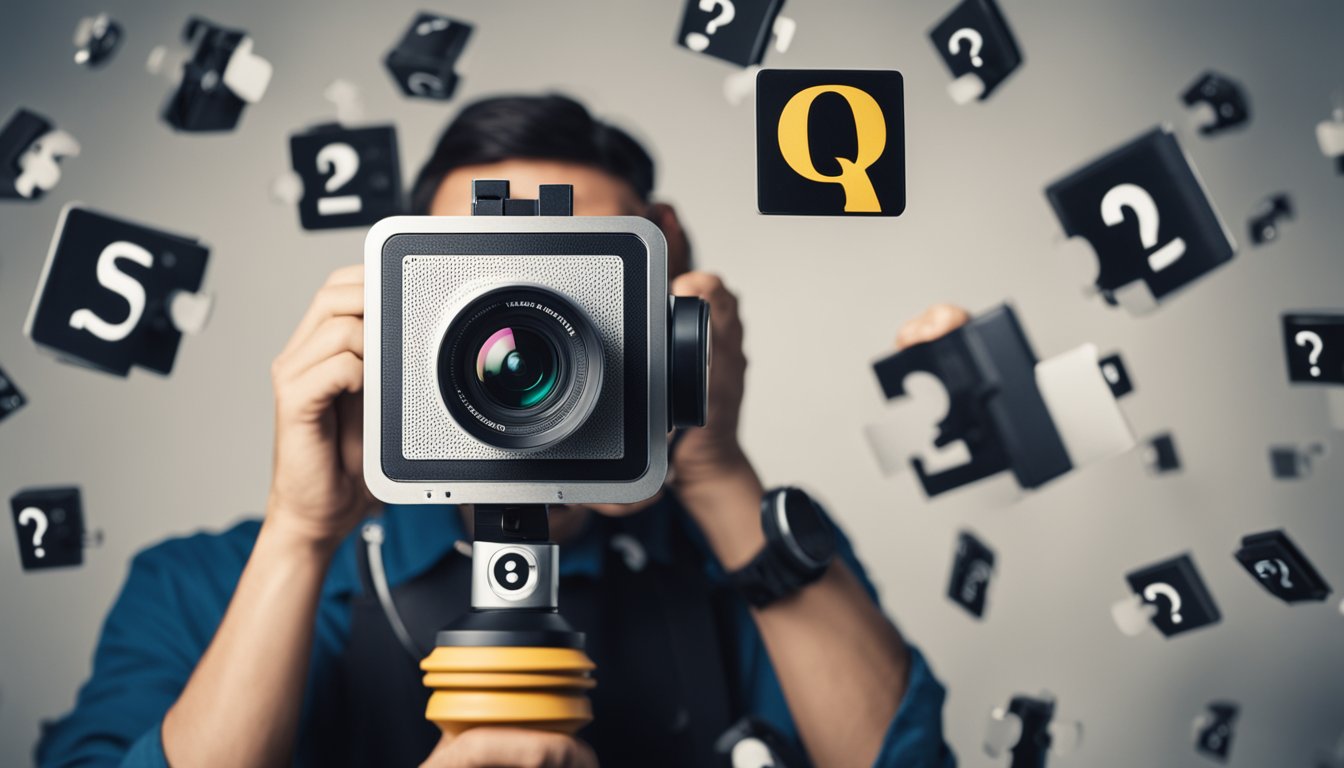
What’s the most user-friendly 360 camera for beginners?
If you’re new to 360 cameras and want something easy to use, the Insta360 ONE X2 is a great option. It’s compact, lightweight, and has a simple interface that’s easy to navigate. It also features automatic stitching, image stabilization, and 5.7K video resolution, making it a versatile camera for capturing immersive content.
Which 360 camera offers the best value for money?
If you’re looking for a 360 camera that offers the best value for money, the Ricoh Theta Z1 is a great option. It has a high-quality lens and sensor, can shoot 4K video, and is easy to use. It also has a sleek design and is built to last.
Can you recommend a 360 camera that’s easy to set up for virtual tours?
If you’re interested in creating virtual tours, the GoPro MAX is a great option. It’s easy to set up and has a built-in touch screen that makes it easy to preview and edit your footage. It also has 360 audio and can shoot in 5.6K video resolution, making it a great camera for creating immersive virtual tours.
What is the best budget-friendly 360 camera that shoots in 4K?
If you’re on a budget but still want a 360 camera that can shoot in 4K, the Xiaomi Mi Sphere is a great option. It’s compact, lightweight, and has a simple interface that’s easy to use. It can shoot in 4K video resolution and has a built-in stabilization feature that helps keep your footage steady.
Are there any simple-to-operate 360 cameras suitable for outdoor security purposes?
If you’re looking for a simple-to-operate 360 camera that’s suitable for outdoor security purposes, the Rylo 360 is a great option. It’s weather-resistant and has a durable design that can withstand harsh outdoor conditions. It also has a simple interface that’s easy to use and can shoot in 4K video resolution.
What’s a good entry-level 360 camera for capturing car adventures?
If you’re looking for a good entry-level 360 camera for capturing car adventures, the Insta360 ONE X2 is a great option. It’s compact, lightweight, and has a simple interface that’s easy to use. It also has a built-in stabilization feature that helps keep your footage steady, making it a great camera for capturing action-packed car adventures.

